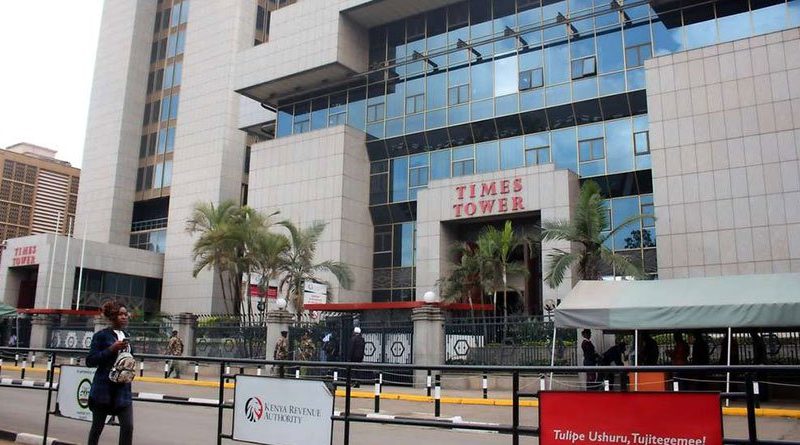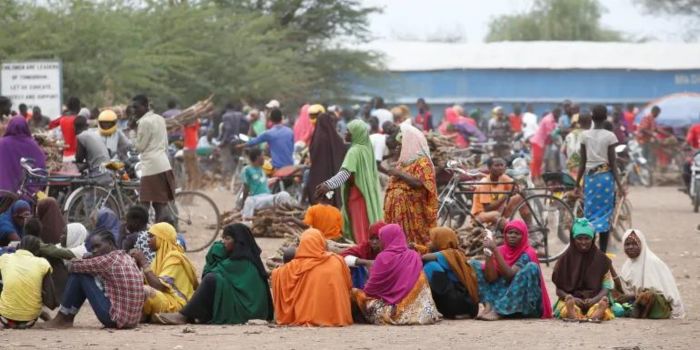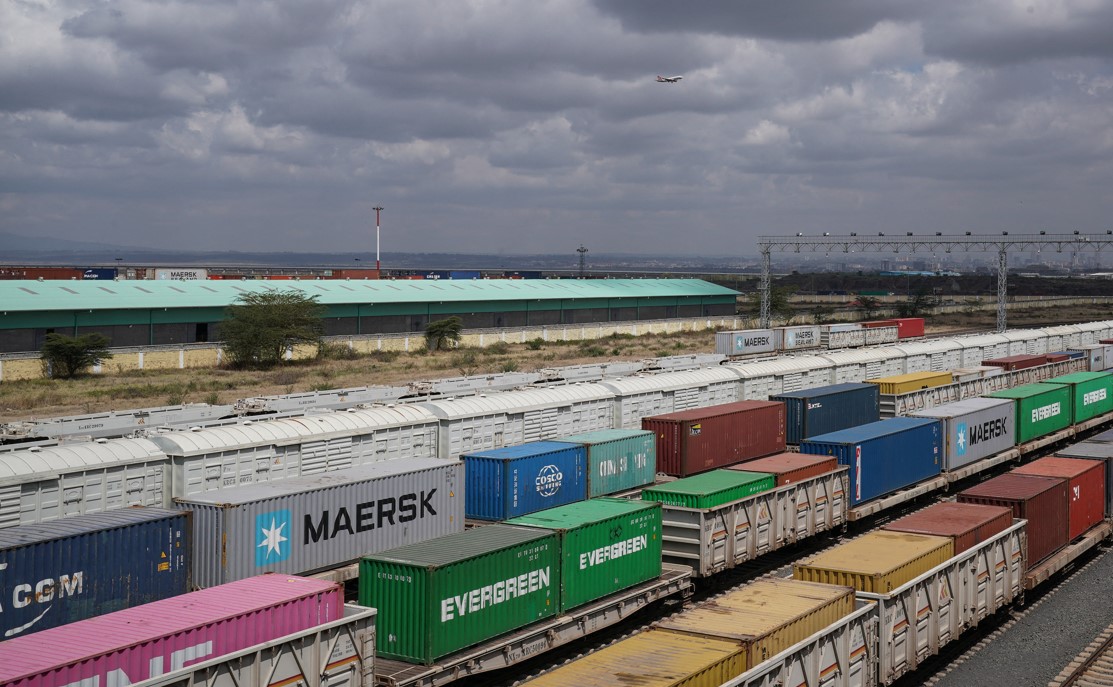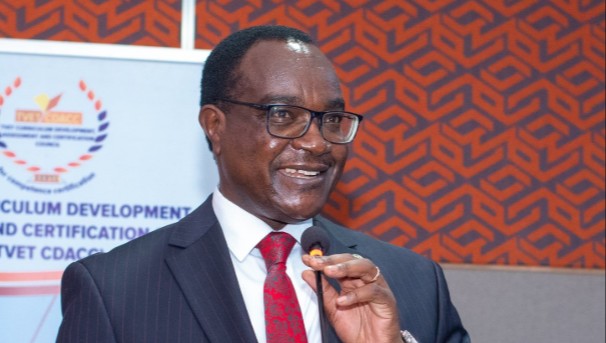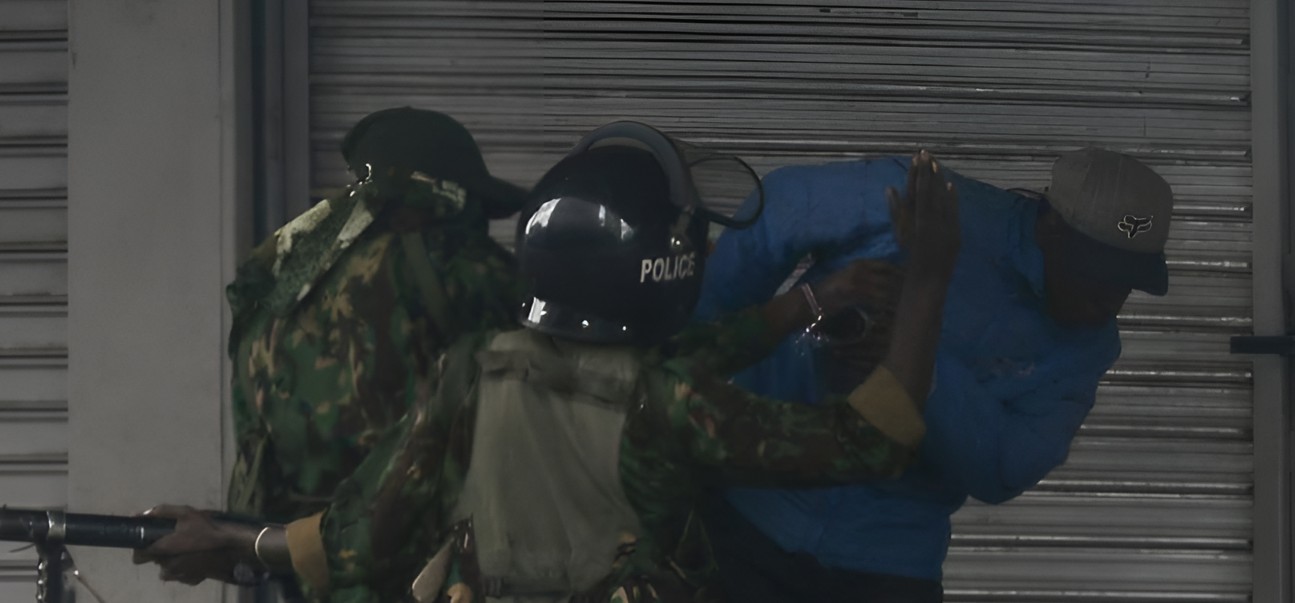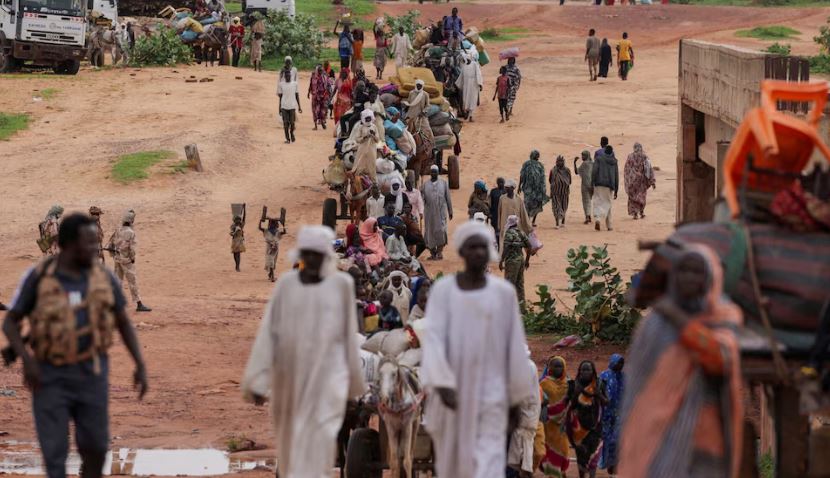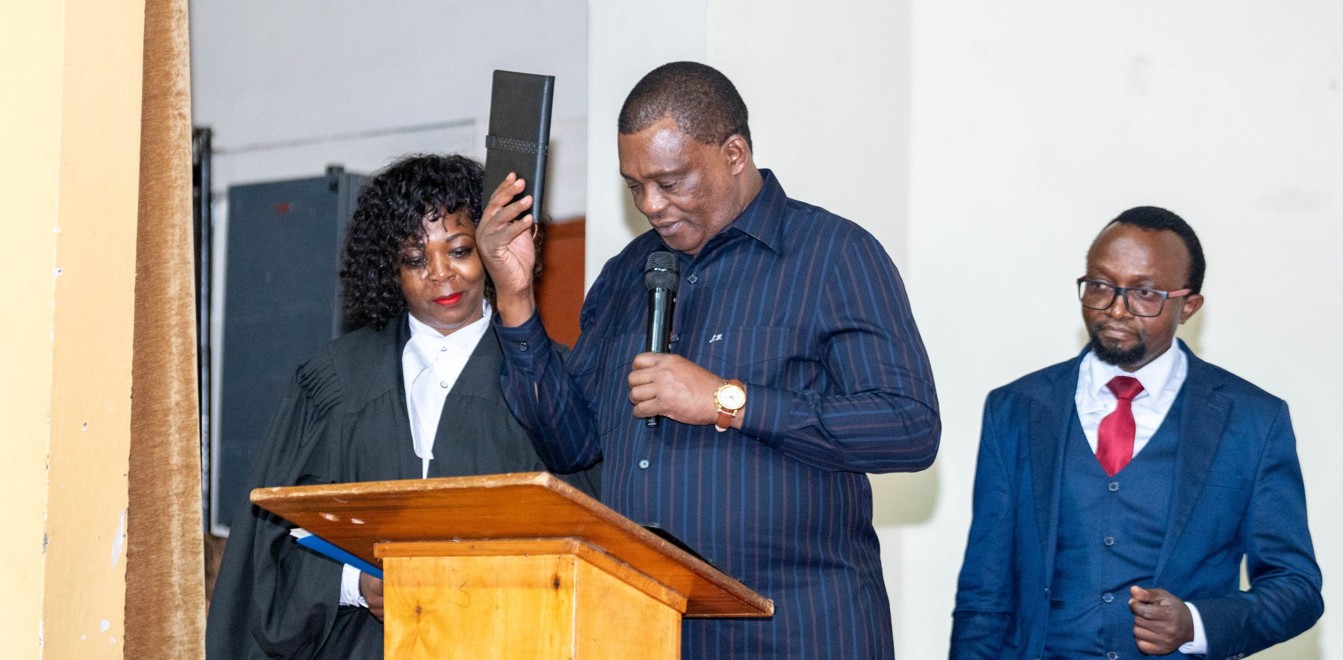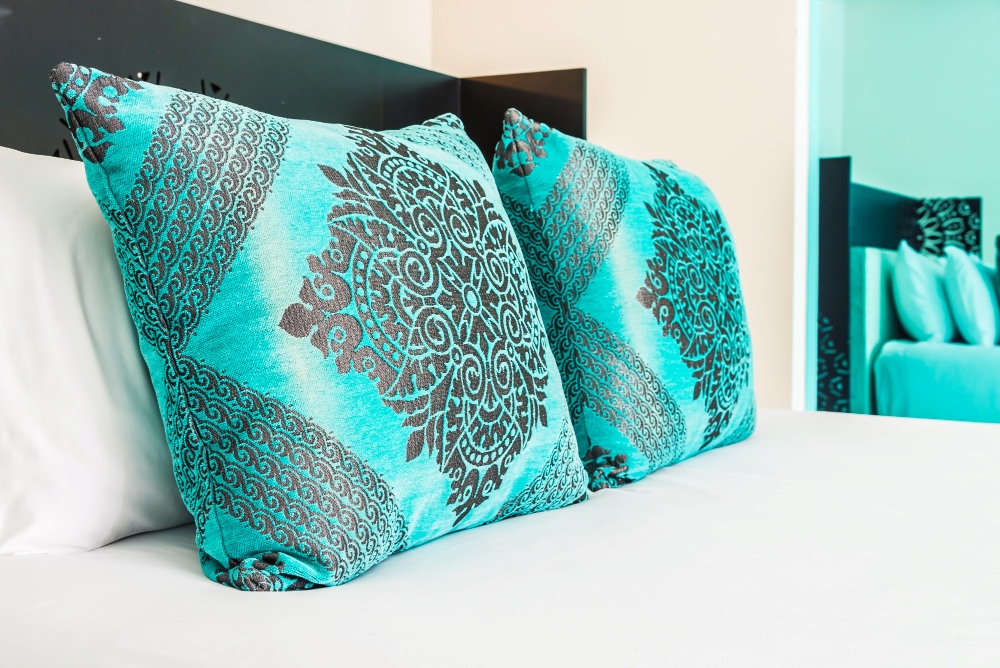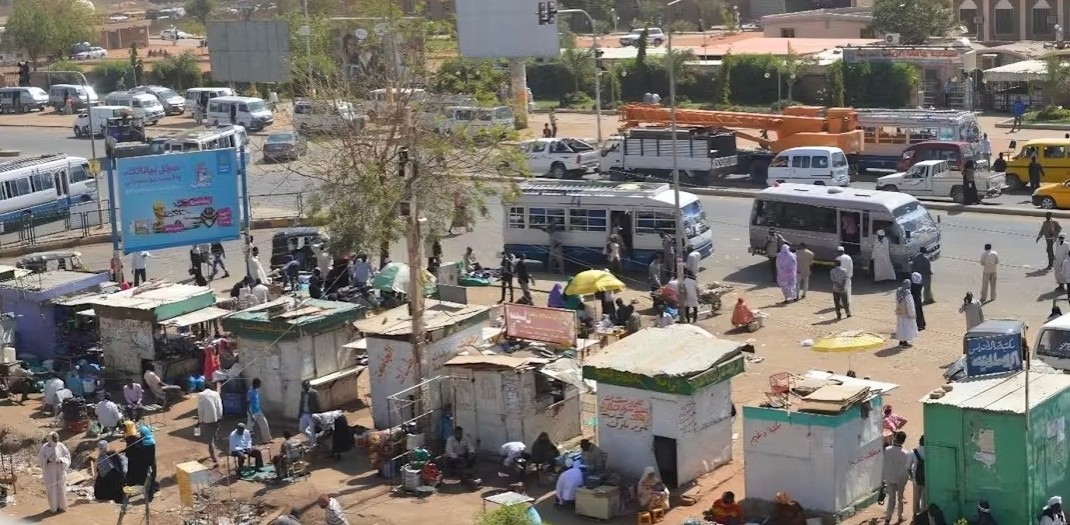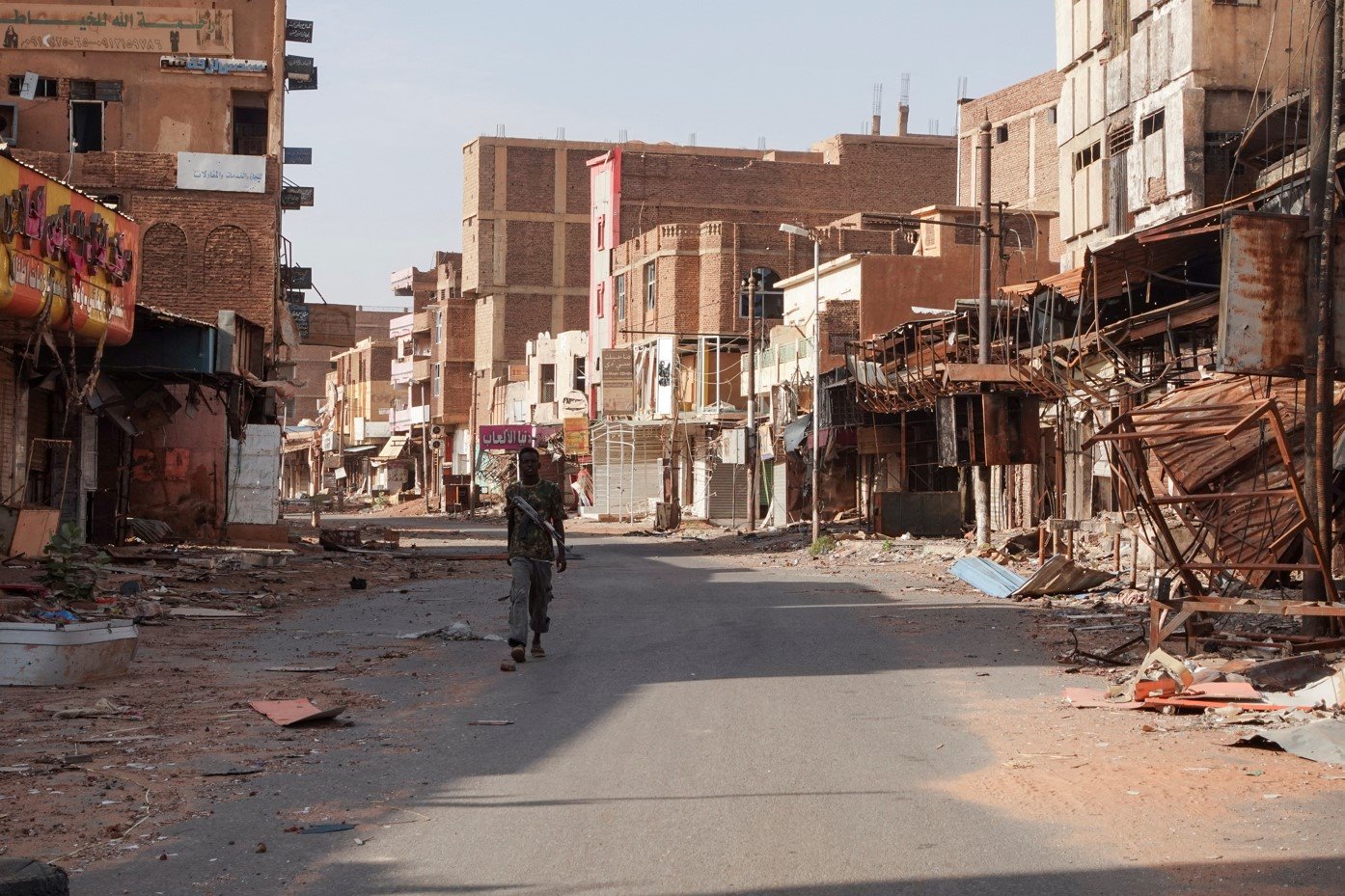Kenya's refugee numbers climb to 691,868 in 2023, KNBS reports
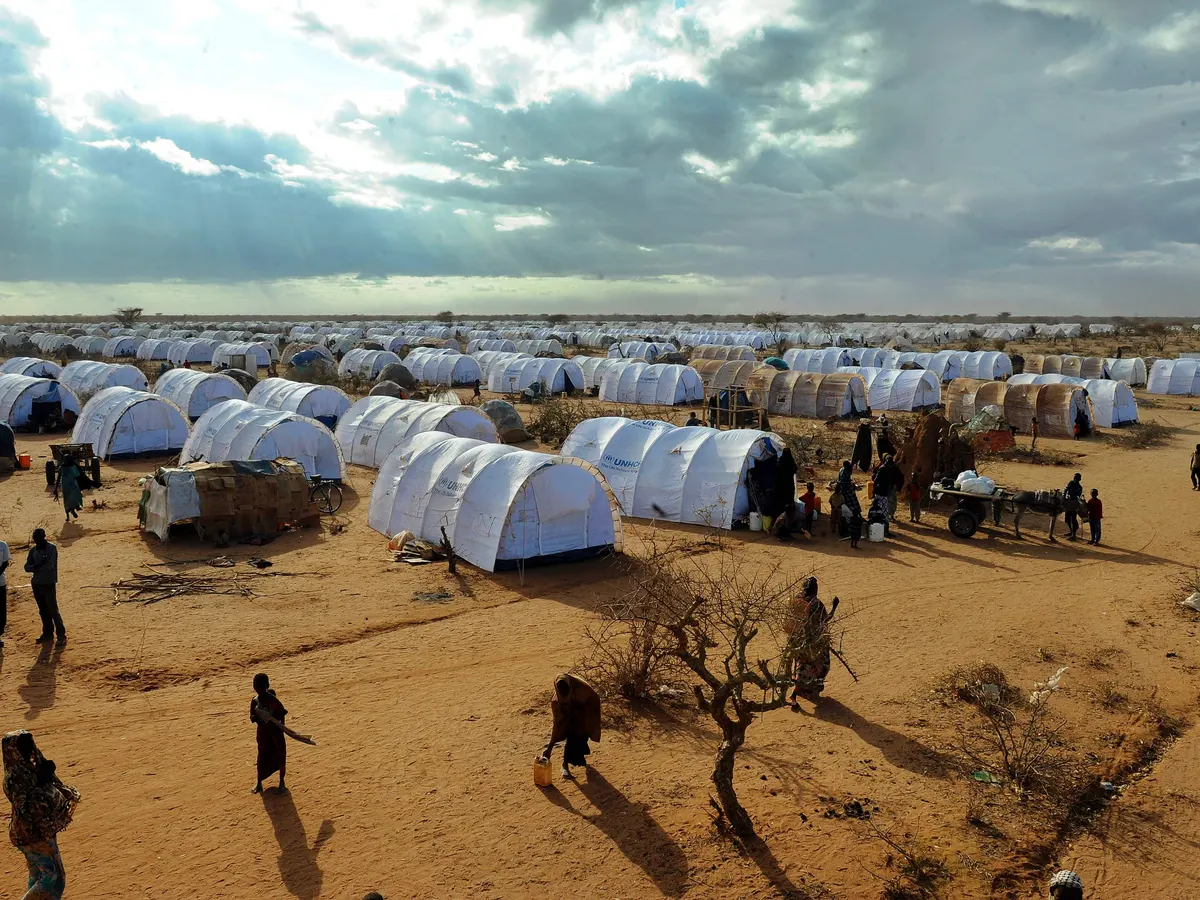
Most of the refugees are from Somalia (371, 919), followed by South Sudan at 171, 402.
The number of refugees in Kenya is on the rise with 2023 recording 691,868 as compared to 573, 508 in 2022.
Out of the total, 320,572 are based in Dabaab camp (Garissa County), 271, 995 in Kakuma camp ( Turkana) and 99,301 are in urban areas ( Nairobi, Mombasa, Eldoret and Nakuru).
More To Read
- 700,000 refugees in Kenya face severe hunger crisis after aid cuts
- Kenya’s imports drop for the first time in five years
- Inflation holds steady at 3.8 per cent in June despite price pressures
- Funding shortages threaten relief for millions of Sudanese refugees: WFP
- UN: Don't allow Israel-Iran conflict to spark new refugee crisis
- UNHCR reports record displacement in West and Central Africa
This is according to the 2024 Economic Survey by the Kenya National Bureau of Statistics (KNBS).
Most of the refugees are from Somalia (371, 919), followed by South Sudan at 171, 402.
"Somalia has remained the leading source of refugees and asylum seekers and accounted for 53.8 per cent of the total registered and asylum seekers in 2023," reads the report.
Last year, 58,576 refugees came from DR Congo, 37, 084 were from Ethiopia, Burundi (31,199), Sudan (10,578), Uganda (3,789), Eritrea (3,259), Rwanda (2,842) and others.
In 2023, children below 18 years accounted for 358, 935 of the total number of refugees in Kenya while adults were 332,933 where females recorded 167,514 and males, 165, 419.
Dadaab and Kakuma camps, situated in northern Kenya, provide refuge for over 700,000 refugees and asylum-seekers.
Established in the 1990s, both camps were set up by the UNHCR to offer safe havens for individuals fleeing civil unrest and conflicts in Somalia and Sudan.
In 2011, a significant influx of Somalis, driven by drought and other hardships in their homeland, swelled the camps' population to nearly half a million.
Living conditions in both camps are appalling, with substandard housing, poor roads, and inadequate water and sanitation.
The camps which were supposed to offer temporary homes, but many people now live there permanently.
However, the two camps are set to undergo a major upgrade after being included in phase two of the Kenya Urban Support Program (KUSP).
Interior Cabinet Secretary Kithure Kindki on May 7, 2024, stated that this will be the first time refugee camps in the county will be integrated into the initiative.
"I was rejoicing because of the inclusion of the two refugee camps in this program, that is the camps in Dadaab and Kakuma, which were not part of the program phase one and which are now part of a program in this phase," he said.
Spearheaded by the government with support from the World Bank, the KUSP project is strategically designed to fortify urban institutions' capacities, thereby enhancing the delivery and resilience of urban infrastructure and services.
It also aims to catalyse greater private sector engagement in urban planning processes, amplifying the program's impact on sustainable urban growth.
Top Stories Today
